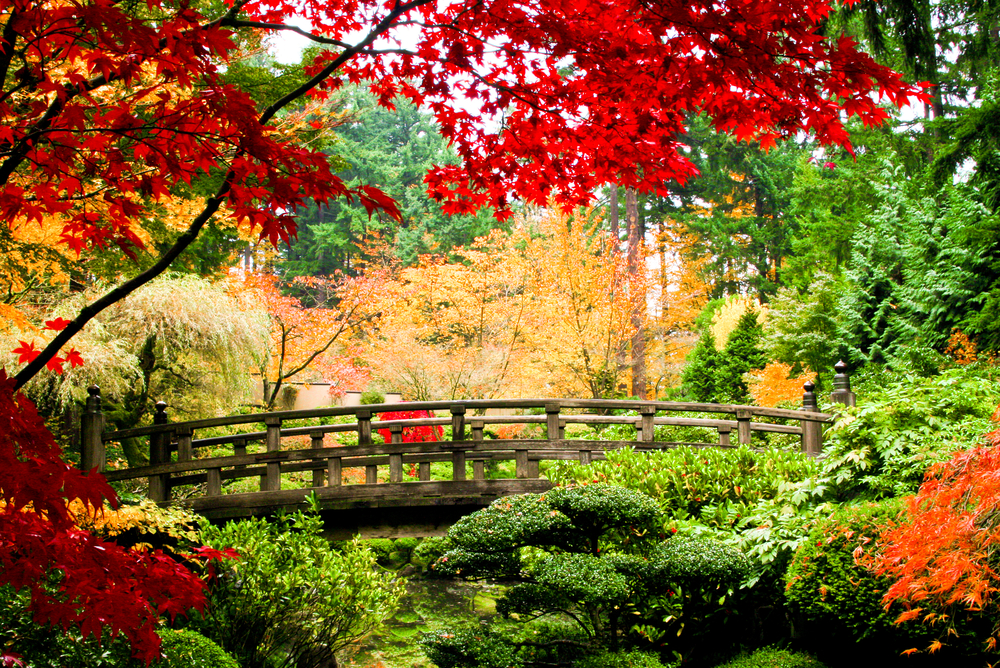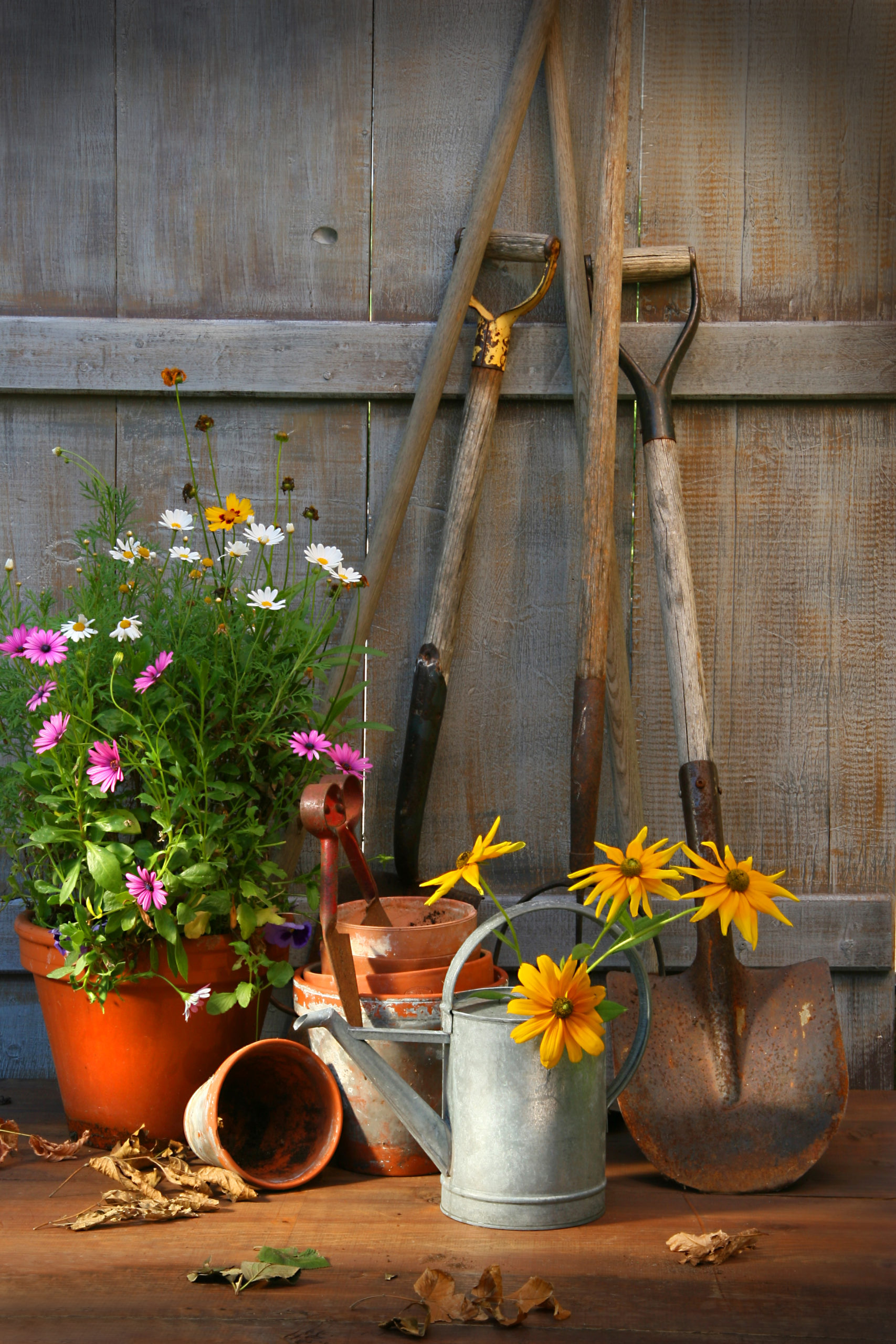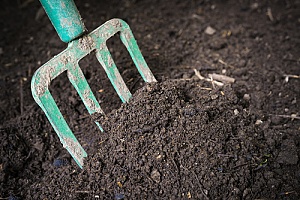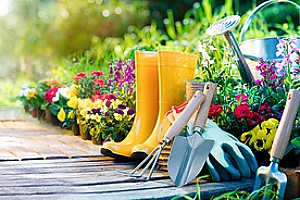 So you finally finished your water garden construction. You have finally come to the fun part. You can begin to pick the flowers and plants that will make your water garden your own. A beautiful oasis awaits. Dirt Connections can help you choose the plants for your Koi Water Garden.
So you finally finished your water garden construction. You have finally come to the fun part. You can begin to pick the flowers and plants that will make your water garden your own. A beautiful oasis awaits. Dirt Connections can help you choose the plants for your Koi Water Garden.
Not only should you consider beauty when you are picking your plants, but you must also remember that plants provide another, more important value to your garden, biological life. Biological life helps maintain your water garden by doing what they would do in nature.
Be sure to pay attention to your climate and area. Some plants can simply not survive in certain conditions, so it is wise to do your research before hand. Talking with your local dealer will give you some idea of what plants you can and cannot have in your pond.
Lotus Plants
Undoubtedly, since your pond contains Koi, a tropical fish, you may want to keep with the theme and place Lotus plants in your pond. Pretty much everyone with a tropical water garden will want a Lotus plant because the beauty is simply unmatched by other flowers.
Lotus plants provide beautiful blooms, and a smell that is unmatched. However, unless you live in an area that sustains temperatures higher then 65 degree Fahrenheit, you will need to have to have a place to house your Lotus plants during the colder months. A greenhouse setup specifically for water plants will work the best.
Lotus plants require soil, and a large amount of sunlight. They should be planted in water about 2 to 3 feet deep during the warmer months, and indoors during the colder months.
Water Hyacinths
If you simply do not have the time to plant and maintain your water garden’s foliage, or you are somewhat lazy when it comes to gardening, you may want to consider adding Water Hyacinths. Water hyacinths have become very popular recently because of their simplicity. They do not require any type of soil or planting, you must simply throw them into the water. Only minimal time is needed to anchor them down so that they do not float all over the pond freely.
Water Hyacinths are not only pretty, but are also very functional as well. These plants aid in the fight against both algae and blanket weeds.
One downside when having Water Hyacinths is the fact that they will take over your water garden and yard if you allow them. Water hyacinths are very invasive, and will spread if allowed. In extreme cases, it may even jump the fence and take over the neighbors yard as well. Once they have caused this kind of infestation, it is notoriously difficult to get rid of them.
Hidden But Functional Plants
Alternatively, you may want to consider investing in plants that are not necessary seen. These plants live below the water line, and provide many needed functions to your pond. Some help you battle algae, put oxygen back into the water garden, or feed your fish for you.
You can find these plants in bundles at your local pet store or Koi dealer. The majority of underwater plants will not need additional support during the winter, so once you place them in the water, you may not think twice about them again. However, the benefits that you gain from having these types of plants make up for the fact that you are not able to actually see them.
Picking the Right Gardening Tools
If you’re thinking about taking your gardening seriously, you will want to get the right tools. You can find most of the tools you will need at your local gardening or home improvement shop. Usually the employees will be simply thrilled to assist you in finding the ideal tools. If you go to a shop that specializes in gardening, you can usually get great advice in addition to service. Gardening store employees are an untapped wealth of wisdom.
If you are having a hard time finding the right tool or if you want to save some money, you might try looking online for the supplies you need. You’ll have to pay the shipping costs and wait an extra week or two, but often if you buy more than one tool, the total savings will be worth it. You should always buy from a reputable seller, though, and search around beforehand for anything negative that people had to say about their buying experience.
Shovel
As far as basic digging tools go, you might already have all you’ll need. There are several types that you should get though, for different specific tasks. A round point shovel is good for digging holes for plants. A spade is necessary for all the more intricate work. A garden fork you might not use as much, but I have one in my tool shed and I’ve been thankful for it on multiple occasions. Having these different varieties of digging tools can help you to minimize the work you have to do. For example, if you try digging a big hole with a little spade then you’ll end up rather tired. The same goes if you are attempting to do more detailed work with a big clumsy shovel.
Rake
A rake is an absolute necessity. You most likely already have one, but I’m guessing it’s a lawn rake and not a garden rake. There is definitely a difference, and if you try to use a lawn rake in a garden then you will not be happy with the results. Same if you buy a grading or a contractor’s rake. You’ll want to look for a bowhead rake. I’ve found these are the best for gardening purposes. They will provide you the maximum control and accuracy, so you don’t accidentally tear up your precious plants.
Hoe
As far as hoes go, I don’t believe any gardener should have less than 3. There are so many useful varieties on the market that I have a hard time recommending just one, and that’s why I’ll tell you all the ones I usually use. The one I use the most is the onion hoe, which is very lightweight and ideal for small cultivations and weeding. The Warren hoe is a larger model, with a pointed end. If you need to make a hole or dig out a pesky weed, this is the one for you. There are several other varieties, but I recommend starting with the ones I mentioned.
As you progress in your gardening savvy, you will find the need for more types. Most people believe that gardening just consists of a simple spade. But there are many, many tools with many more variations that you will use in your gardening career. Usually you can start with just a few different tools, but you’ll always find that you can use more varieties for special situations. It’s just a matter of recognizing when one tool could be more efficient than another.
Choosing the Right Plants and Tools for Your Water Garden
Selecting the right plants and tools is crucial for maintaining a thriving water garden. For optimal results, choose plants that fit your local climate and water conditions. Lotus plants add beauty but need special care in cooler climates. Water Hyacinths are low-maintenance but can become invasive if not managed. Hidden underwater plants help control algae and oxygenate the water. Additionally, having the right gardening tools can make your work easier. Essential tools include a round point shovel, a bowhead rake, and various hoes for different tasks. Using these tools will ensure that your water garden remains beautiful and functional.
Summary

Dirt Connections was started with one goal in mind: providing quality residential and commercial construction services to clients on time and on budget. Reach out for more information on how we can support your next project.
For your convenience our estimates are free and by appointment. Call 703-940-9949 for a free estimate today!















































